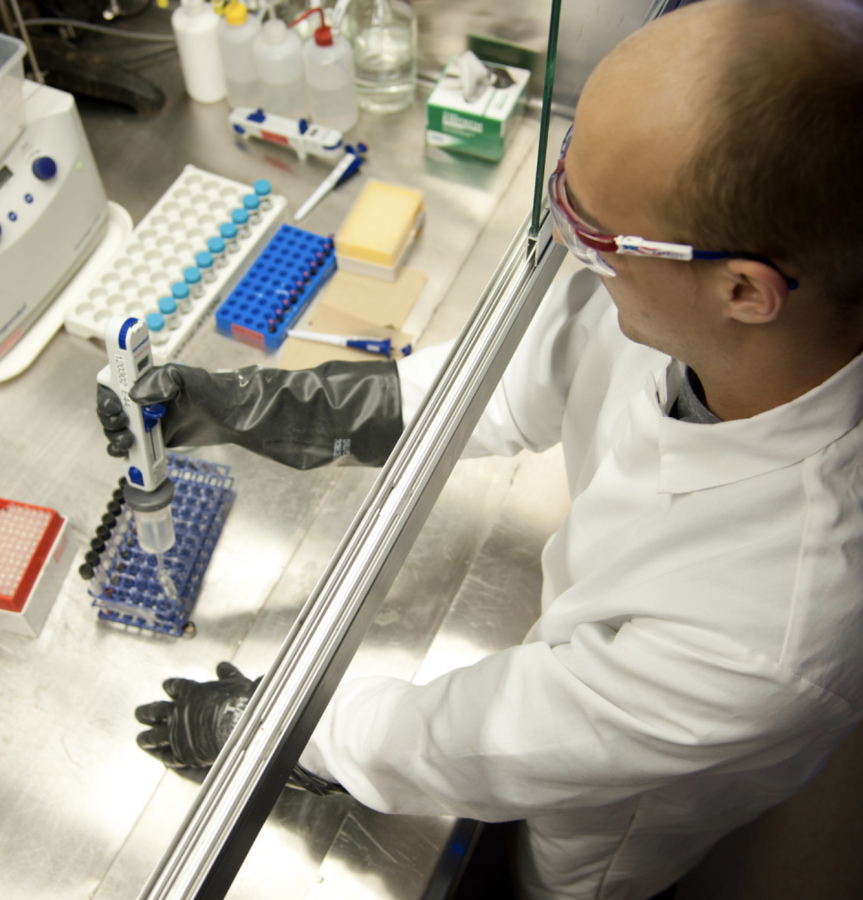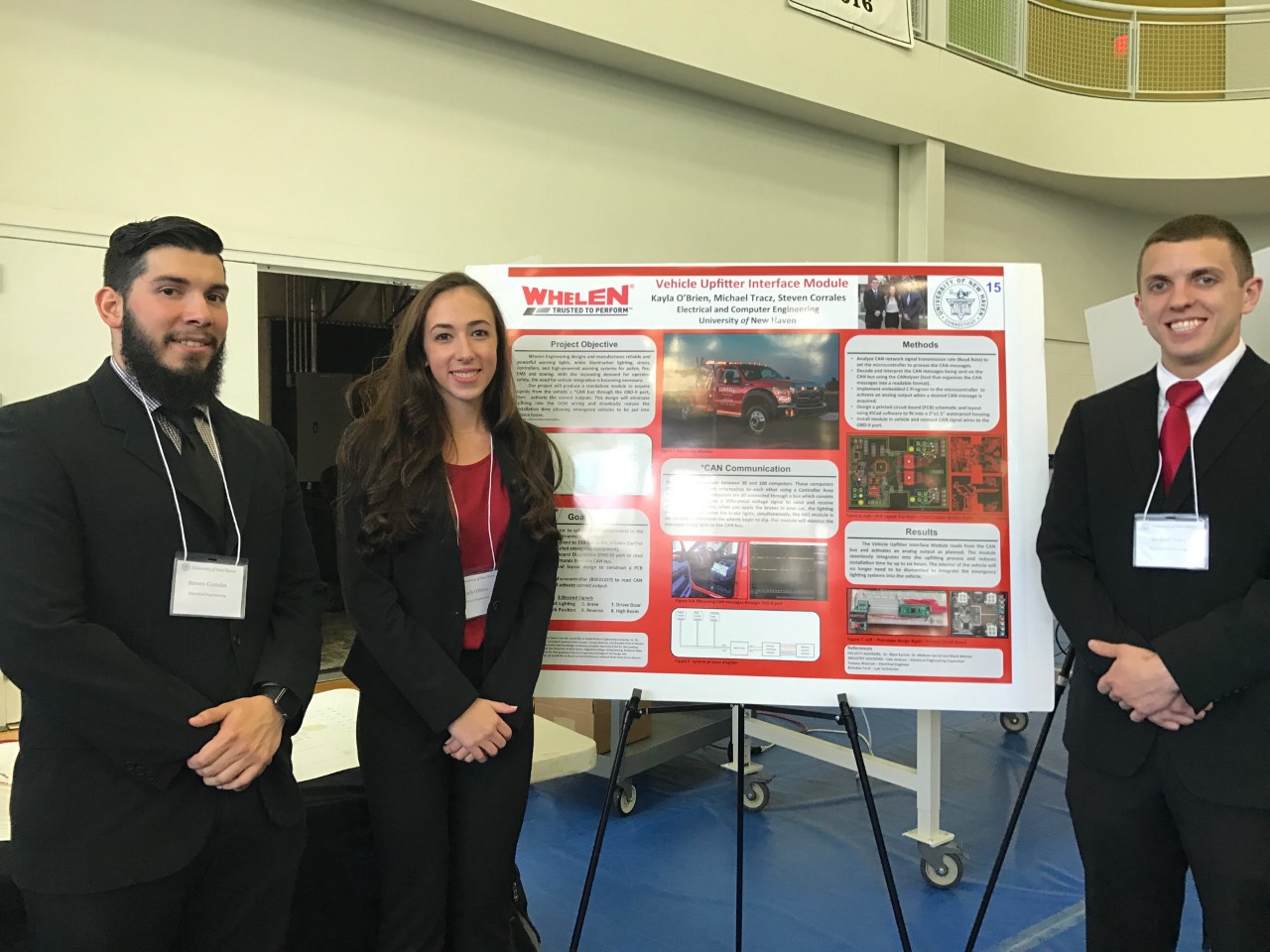Last Tuesday, an asteroid larger than an aircraft carrier darted between the Earth and moon. This was the closest encounter that such a large rock has had in 35 years. Scientists assured the public that they were 100 percent confident that the asteroid wouldn’t hit. Judging from the presence of this article in the Charger Bulletin, it’s safe to say that Earth was spared.
The asteroid, named 2005 YU55, was watched by ground antennas as it approached from the direction of the sun. The last time 2005 YU55 came this close was 200 years ago. Closest approach occurred at 6:28 p.m., Eastern Standard Time. The asteroid passed within 202,000 miles of Earth. For comparison, the Earth and moon are about 240,000 miles apart.
Jay Melosh, a professor of Earth and atmospheric sciences at Purdue University, says that the Earth and moon are safe – “this time.” If 2005 YU55 were to plow into Earth, it would blow out a crater four miles across, and 1,700 feet deep. This could cause a magnitude-7 earthquake, followed by a 70-foot-high tsunami.
The asteroid stretches a quarter-mile across. Nothing this large has ventured so close since 1976, and nothing this large will again until 2028. Astronomers consider 2005 YU55 a C-type asteroid. This type of asteroid contains carbon-based materials. “It’s not just a whirling rock like most of them,” says Don Yeomans, manager of NASA’s Near Earth Object Program. This type of asteroid is believed to have brought carbon-based materials and water to the early Earth, planting the seeds for life. If water-bearing minerals or ice were discovered on 2005 YU55, this would support that theory.
In the future, NASA says that it would like to send astronauts to an asteroid like this one. Any information gained from 2005 YU55, as well as other asteroids like it, will be used to figure out how to deflect an incoming Armageddon-style rock, should it become necessary in the future.








